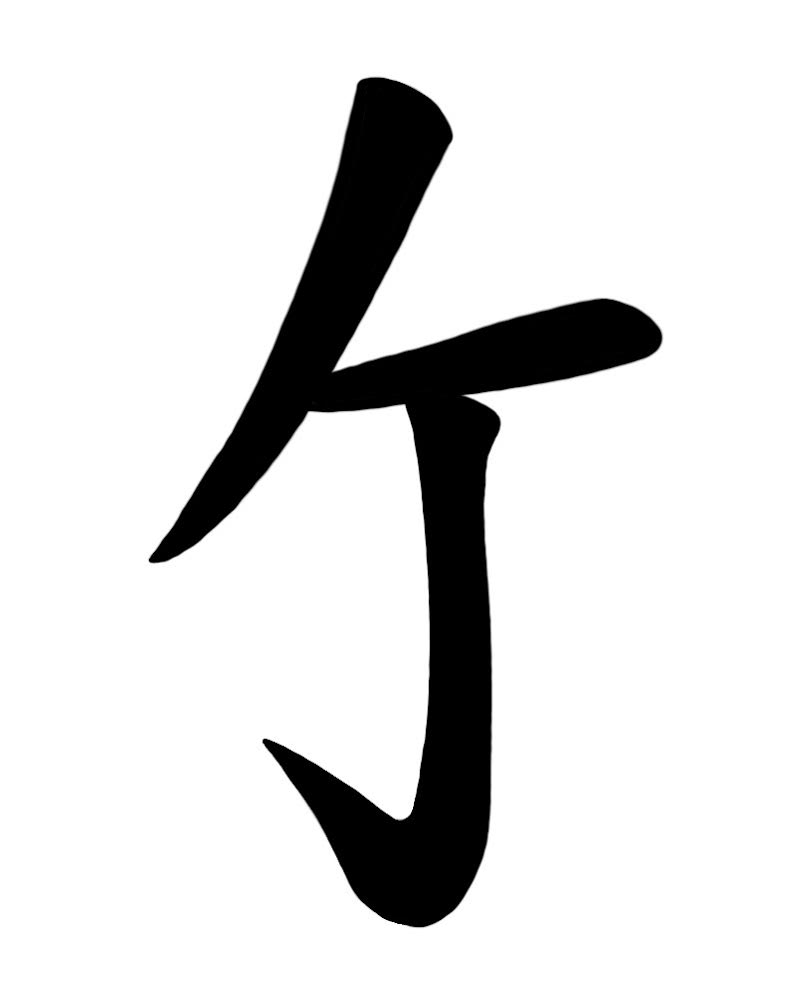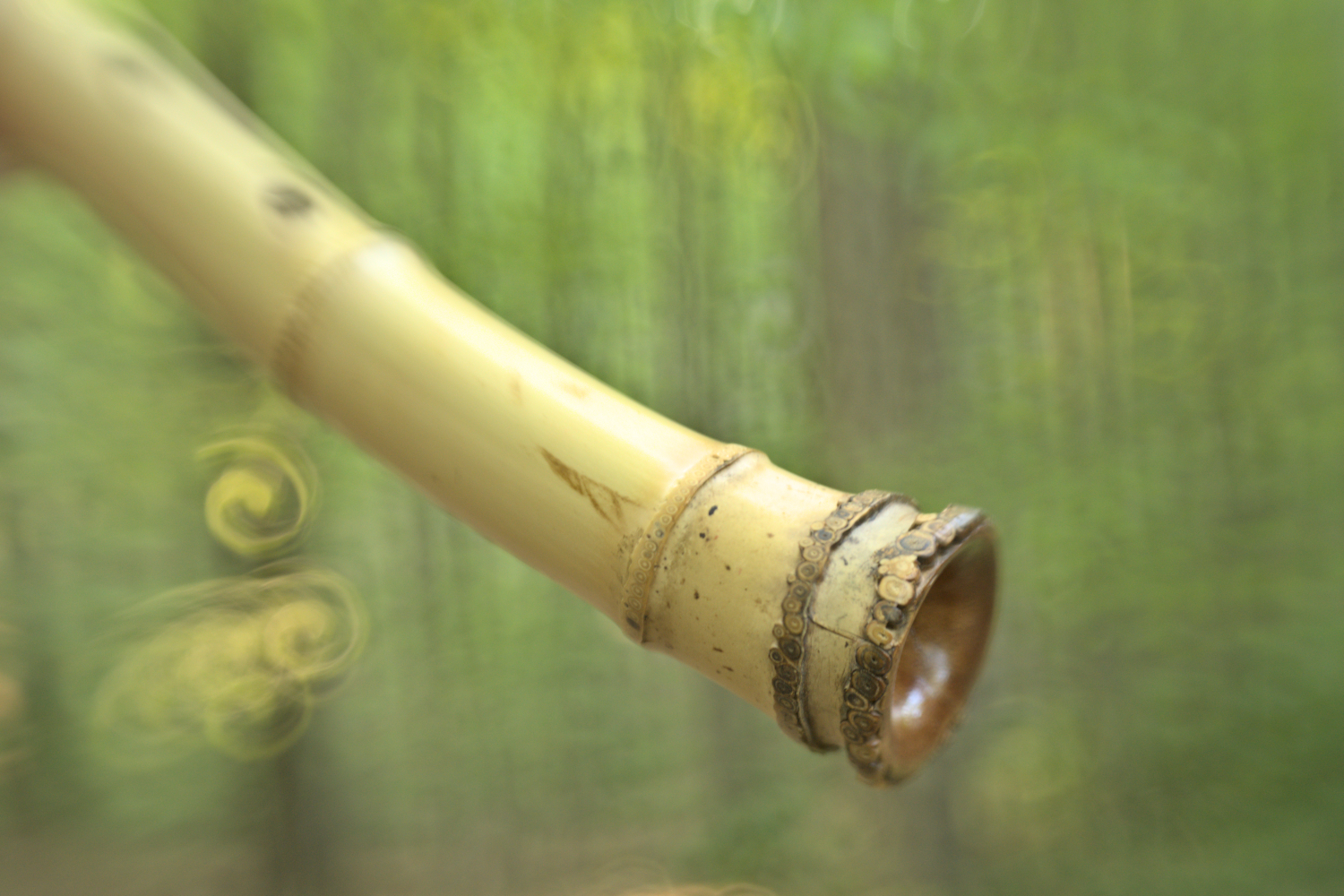Traditional tapered shakuhachi bores vs. cylindrical bores such as PVC and wood
Traditional shakuhachi bores are notably tapered, often with unique undulations. This contrasts sharply with the cylindrical bores found in PVC and some wooden shakuhachi. Whether it’s the natural wild taper of bamboo Jinashi and Jimori flutes, or the human-sculpted tapers within Jiari (also known as Jinuri) and ‘cast-bore’ instruments, this distinctive shaping is fundamental.
The Dynamics of a Tapered Bore
A tapered shakuhachi bore interacts with your breath in specific, unique ways. Primarily, its increased air resistance demands more focus and a more pressurized airstream from the player. This is why many describe the shakuhachi as having ‘back pressure.’ This back pressure profoundly influences both the playing feel and the resulting sound, though some sounds are affected more than others.
Consider our flutes as water pipes: a tapered shakuhachi bore will resist water flow far more than a straight, cylindrical PVC pipe designed for minimal resistance. While these tapered bores challenge our efforts and require more air pressure, this very resistance provides crucial feedback and a deeper connection between player and instrument. This, in turn, opens the door to a more dynamic playing experience and a richer sound palette compared to cylindrical bores.
Sculpting Air: The Tapered Bore Experience
To use an analogy, the heightened effort of playing a tapered bore feels like molding a firm ball of clay. You get a distinct sense of sculpting your air and the resulting sound. Conversely, a cylindrical bore’s much lower resistance is akin to molding a softer ball of clay: easier to shape, yet less defined in feel.
It’s perhaps no surprise that some quintessential shakuhachi techniques are significantly enhanced by the resistance of a tapered bore. When puffs of air are suddenly introduced, for instance, this resistance allows the sound to jump in a very lively, responsive manner. For instance, creating robust Tsu-Re notes with spiking overtones.
Similarly, the turbulent air technique known as muraiki produces a wonderfully raucous sound with the expected amount of effort. Again, this is all thanks to the tapered bore resisting your airstream. In contrast, on a cylindrical bore, these puffing and turbulent techniques often yield comparatively lackluster results and paradoxically require more effort to produce effectively. This is because the lower air resistance in straight cylindrical bores makes them inherently more stable and thus harder to ‘disturb’ or make ‘jump.’ When performing these techniques, a cylindrical bore feels analogous to cutting food with a dull knife.
Cylindrical Bores: Different Qualities, Valid Choices
That being said, the ideal bore ultimately comes down to individual preference and need. While cylindrical bores cannot replicate the unique playing experience of a tapered shakuhachi, they possess their own distinct advantages. For example, cylindrical bores are far simpler to craft. Additionally, because the tube is straight, the sound tends to be very pure and homogenous across all notes. They can also be designed to play louder and faster with less effort (like our soft clay analogy).
Ultimately, it’s a matter of preference or the demands of the player or situation. As a traditional craftsperson and player, I personally recommend a traditional tapered bore shakuhachi. However, cylindrical bore shakuhachi are entirely valid in their own right. I hope highlighting the qualities of tapered bores doesn’t imply any disparagement toward cylindrical flutes. By understanding both, we can hopefully enjoy each for their distinct differences and unique potentials.

